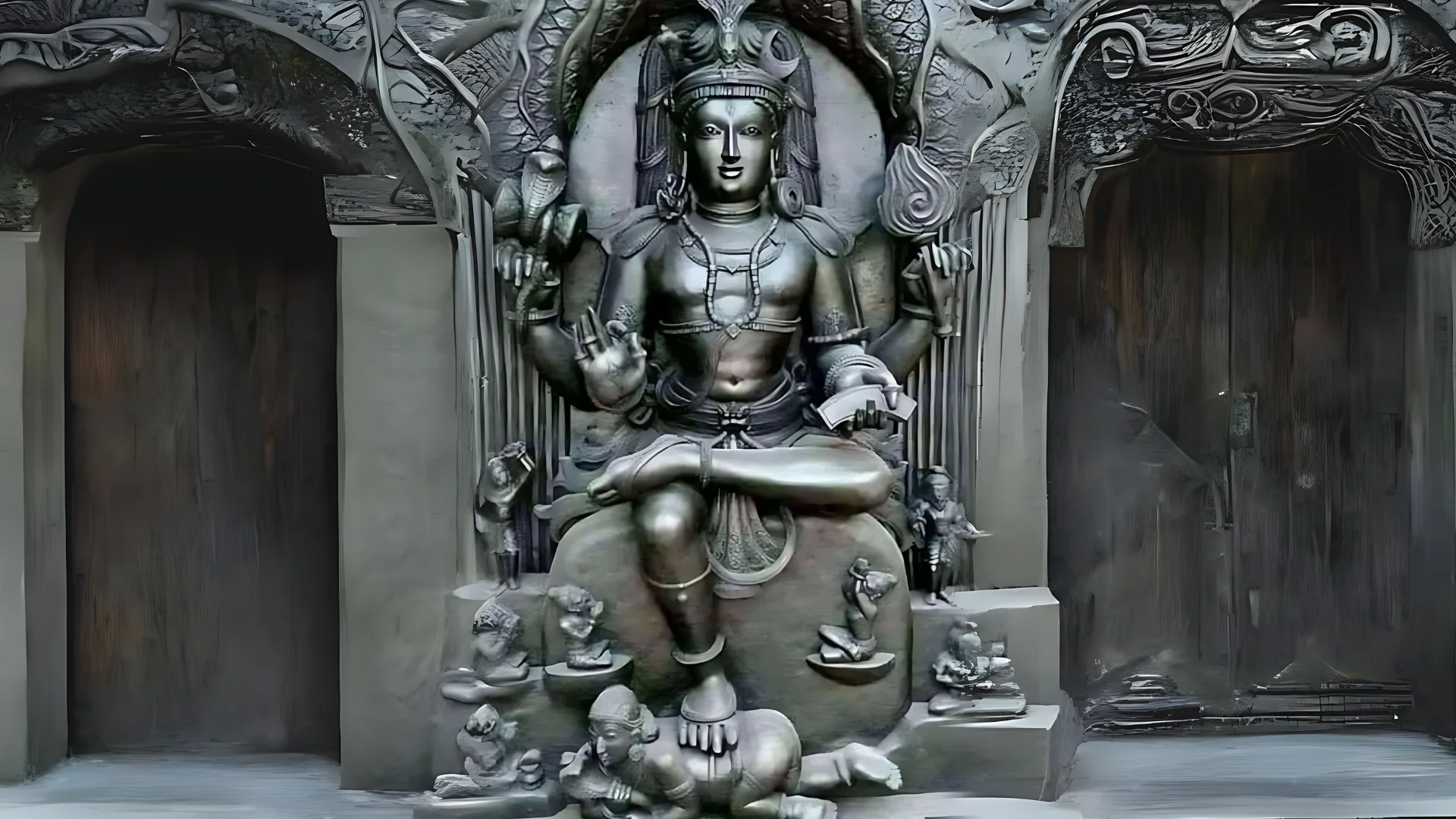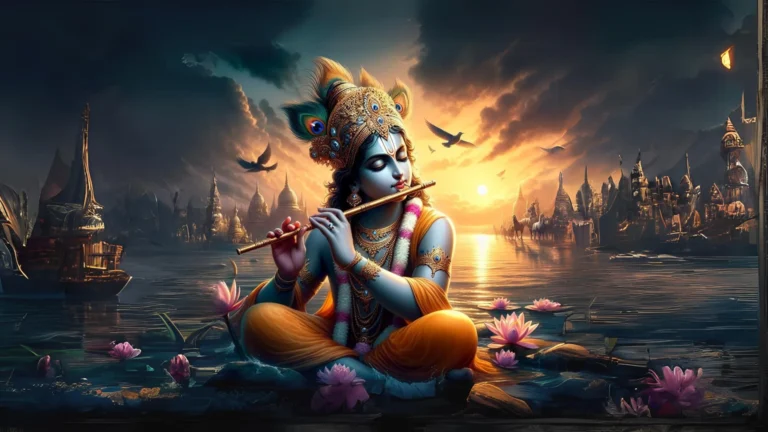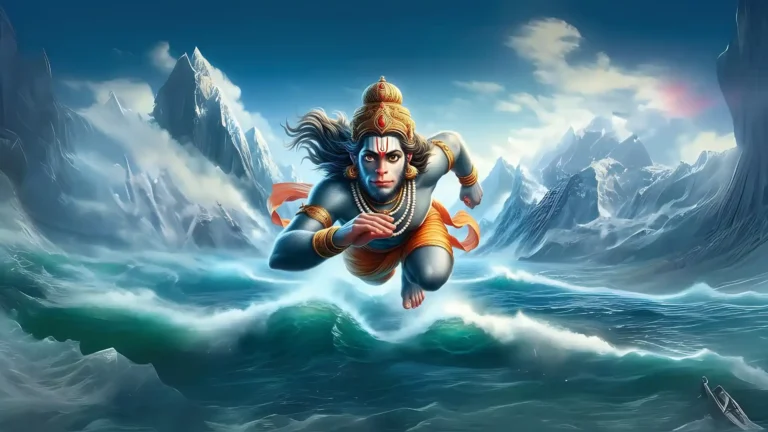Table of Contents
Sri Dakshinamurthy and the Great Significance of Southern Direction
Sri Dakshinamurthy is the Lord facing the southern direction. Directions play a crucial role in inviting certain vibrations into our lives. For example: The brilliant Surya Devata is the physical manifestation of Brahman. This is the reason Sadhakas should face the east while performing their morning invocations while the west in the evening.
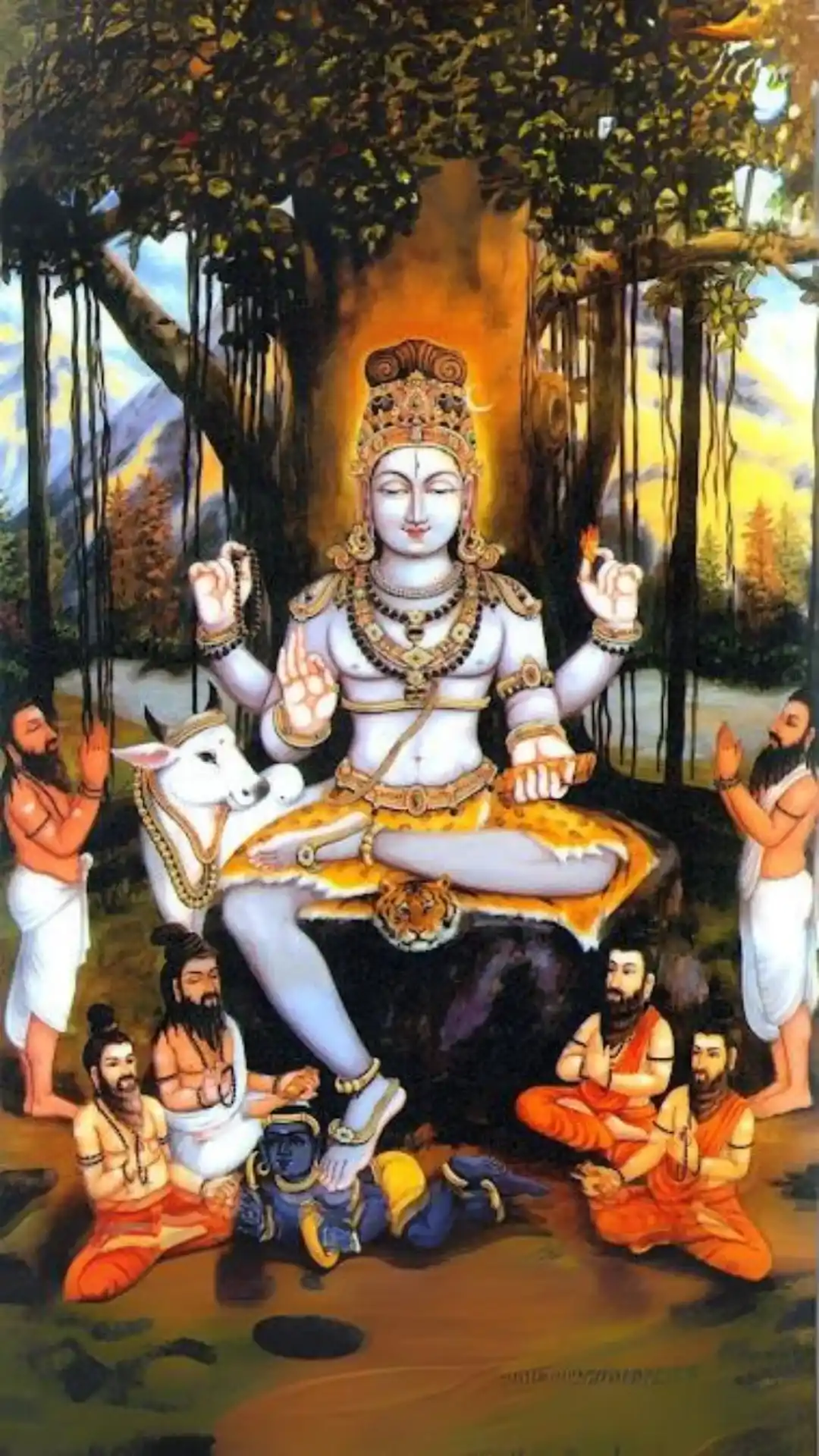
This has been the tradition.
Prayers are a potent means to connect with the Lord and when supported by the suitable direction, one attracts divine vibrations. With the Southern direction, the general faith associates it with death. Yamaloka the abode of Lord Yama is in the universe’s south.
Believers perform Shraddha (a ceremony to appease the deceased ancestors) facing the southern direction as Lord Yama plays a crucial role in the fructification of this ritual. The individual performing Shraddha seeks liberation (Moksha) for his ancestors who are at the mercy of Sri Yama in Pitru Loka.
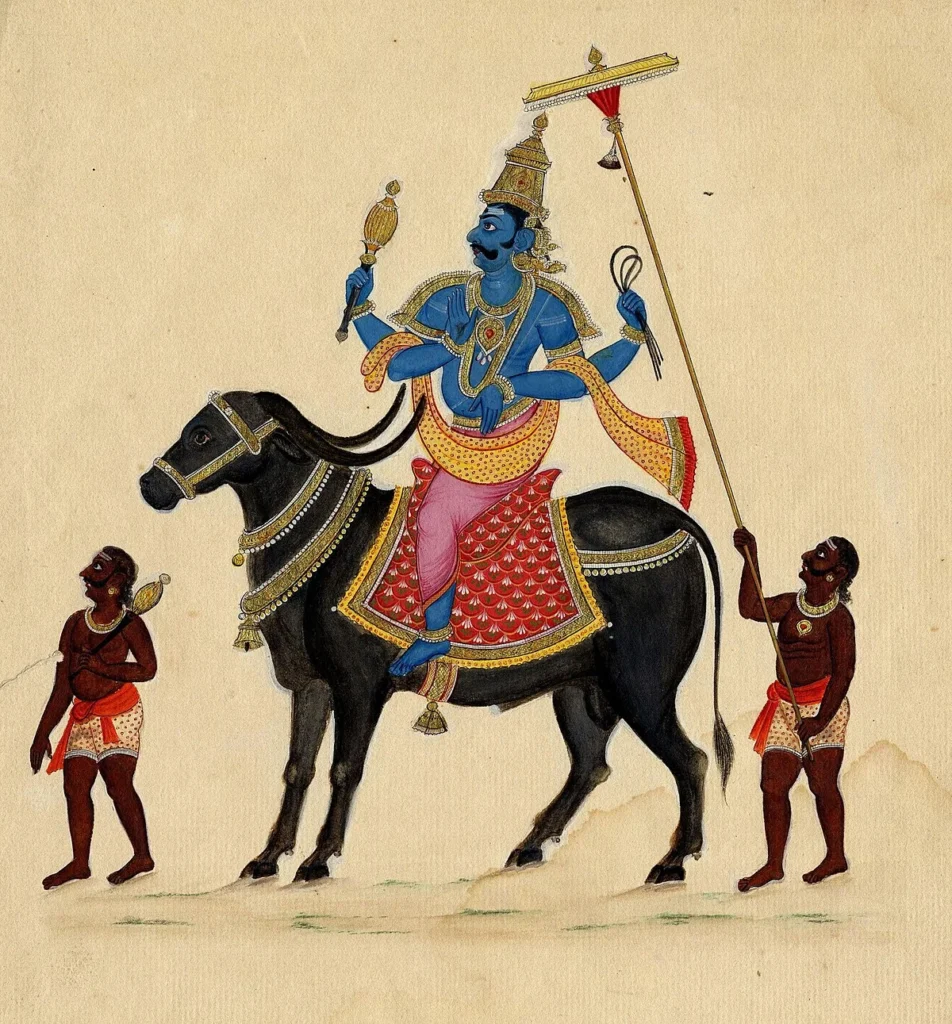
Everything seems negative about the Southern direction. It may seem so if we consider death as a negative phenomenon. Here is where the assertion of Sanatana Dharma comes to our aid. Sanatana Dharma ratifies afterlife, rebirth and the Karma theory. In this context, the South becomes the direction of regeneration, where the old falls and the fresh rises, where darkness perishes and the light of knowledge awakens.
Deciphering the divine name of Sri Dakshinamurthy
On one hand, we have South as the abode of Sri Yama while on the other we have Sri Aghora (a magnificent form of Lord Shiva) as the south facing face of Sri Panchanana (Sadashiva). A-ghora literally means One who is not gore.
The one who is calm and sublime. Sri Dakshinamurthy is the deity facing the southern direction. Dakshina (South) murthy (Lord), literally means the Deity of the South. His sublime countenance exuberates grace which is the goal of every sadhaka. Elevated Rishis and Jnanis stand before him with folded palms.
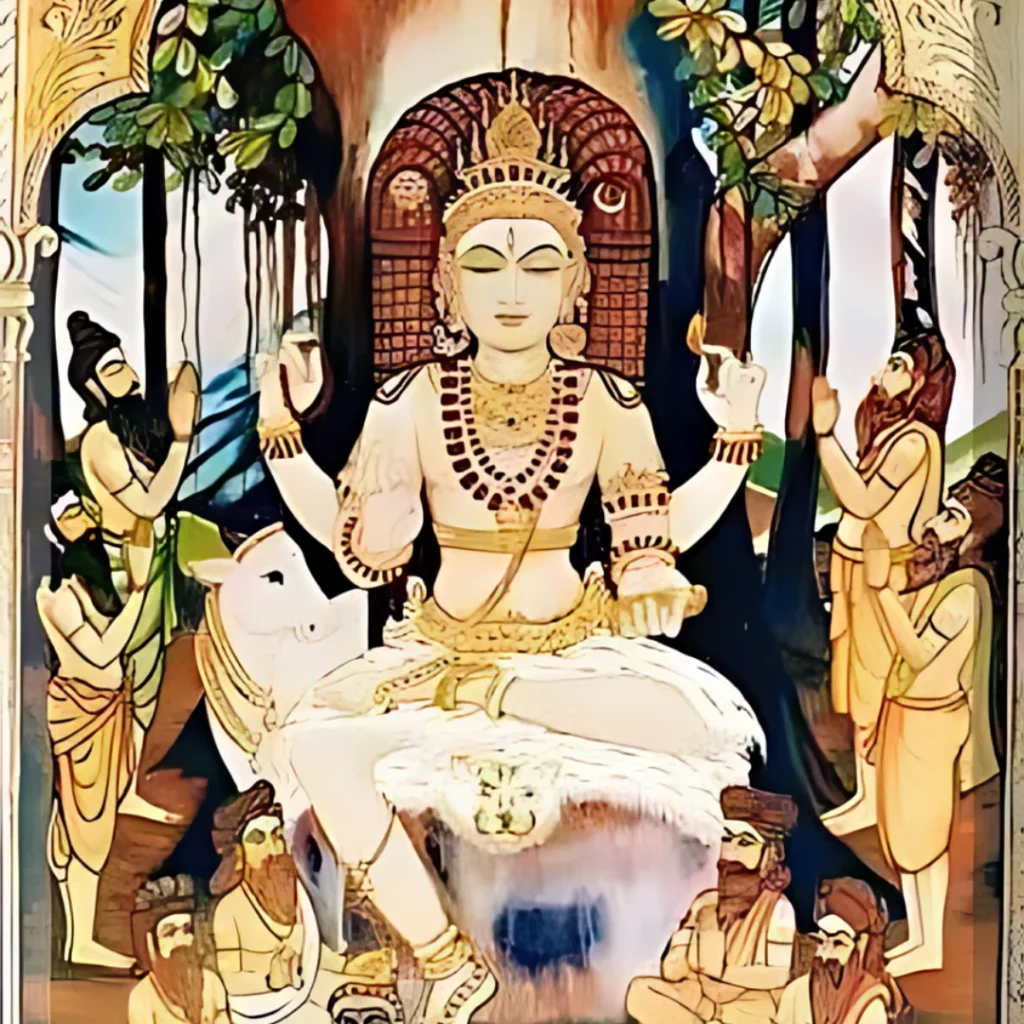
Another meaning can emerge from the Sanskrit root words Dakshina+Murthy or the Deity who gives or grants. Sri Dakshinamurthy is an embodiment of knowledge and symbolizes liberation. Thus, from this we can conclude that He verily grants liberation to his cherished followers.
He grants the highest truth which leads one out of the mirage of material life. Jnana, thus gained breaks the shackles of Samsara and propels one towards their eventual goal of Mukti.
The Symbolism of Sri Dakshinamurthy Sitting Under a Banyan tree.
The Banyan tree is one of the most celebrated Vrikshas or Trees in Sanatana Dharma. It stands upright for centuries and thus symbolizes immortality and the voice of the ancient seers. It is the immediate manifestation of the trinity, in nature.
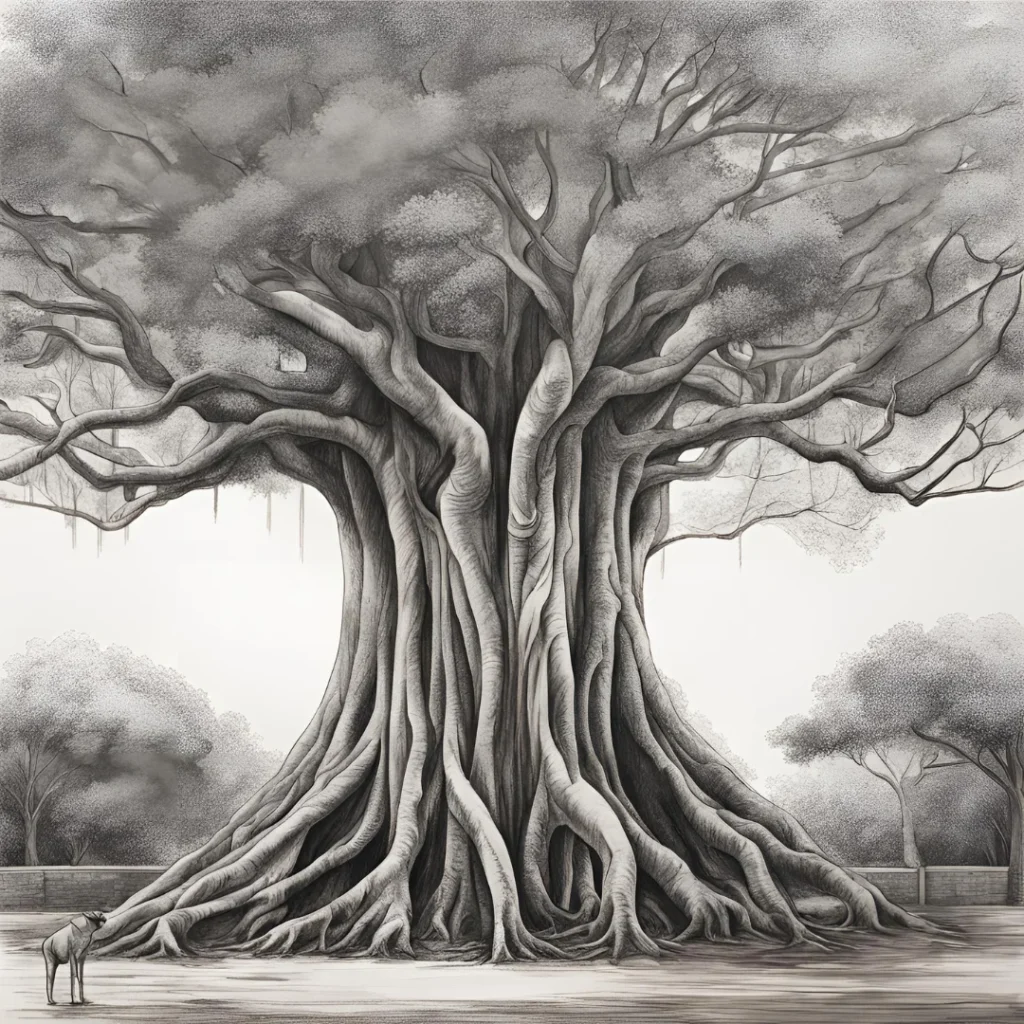
The different parts of this sacred tree symbolize each God. Roots handle the emergence of life. It is where the creation of life begins. Thus it represents Sri Brahma. The bark stores water and food to sustain the entire tree. Sri Vishnu the benevolent maintainer of the multiverse is the bark of the Banyan tree. Finally, the leaves represent Lord Shiva, the Lord of time.
Leaves grow and wither off. They show the rapid influence of time and hence Lord Shiva is thus it’s reminder. Deities like Lord Shiva, Hanumanji Maharaj and Sriman Nithyanada Prabhu personify the Guru Tattva evidently.
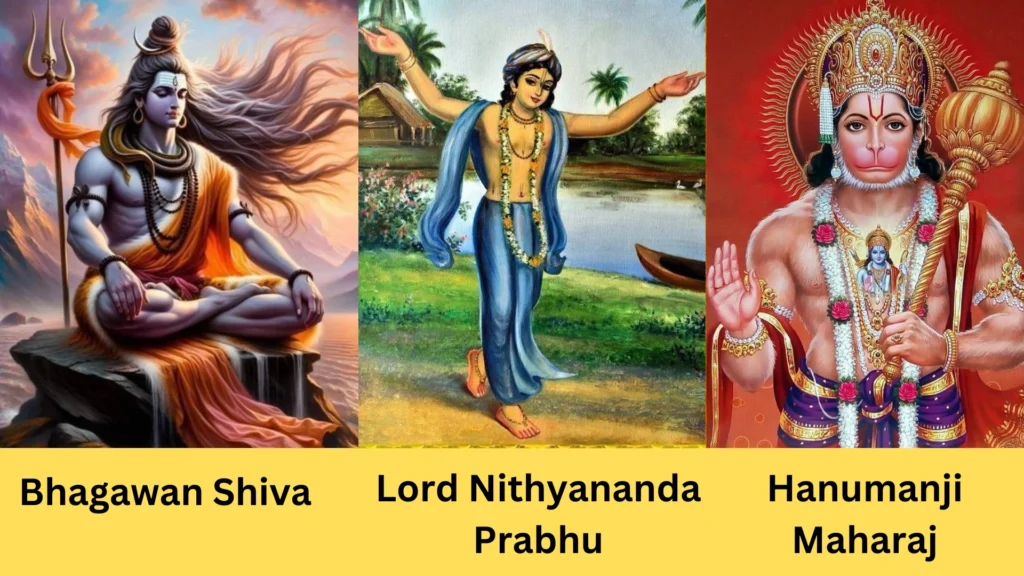
However, Sri Dakshinamurthy, more specifically symbolizes the guru Tattva as he sits under a banyan tree, surrounded by exalted Jnanis. This portraiture has a deep hidden meaning. It means hat this benevolent form of Lord Shiva delivers to the seekers that secretive knowledge which is perhaps lost in the current era of Kali Yuga.
Today, spirituality has lost its essence. Many pseudo spiritual paths have emerged with the degradation of time. Modern Spiritual Paths have become poor cultural caricatures, cults of a distant glorious path of Bharata Desam. However, Sri Dakshinamurthy is the preserver of the undiluted knowledge in the Vedas. However, Sri Dakshinamurthy is the preserver of the undiluted knowledge contained in the Vedas.
The Trinity (as the Banyan tree) are a witness to the spiritual transformation of a Sadhaka who wholeheartedly surrenders, venerates, and follows the precepts of Sri Dakshinamurthy.
7/8 Questions from Sanatana Dharma
The scores generated in this Quiz may or may not be absolute. There may be right or wrong answers to each Question. A percentage towards 100 indicates that you are more aligned to the overall subject matter.
Overcoming the Fear of Death
The Banyan tree, untouched by the slashes of time and Sri Dakshinamurthy the eternal Lord face the direction of Death. A sadhaka need not artificially muster courage to overcome the fear of death.
Psyching oneself to overcome the fear of death is an indulgence in self-deception. But, the representation of Dakshinamurthy establishes, one need not fear Death or Sri Yamaraja if one has absorbed and lived by the injunctions of the Vedas. Weeds or blades of grass cease to exist at the spot where a banyan tree grows.

Similarly, if one develops (the heart or purified mind) like that of the banyan tree, resilient and sacred, the weeds of ignorance shall perish. Negativity and the inferior modes of Tamas and Rajas shall abandon the sadhaka’s life. Banyan trees are called Bahupada. This is because its aerial roots bend towards the soil to form more barks.
Likewise, the wisdom gained through the grace of Sri Dakshinamurthy only multiplies and expands seamlessly. There is not an iota of ignorance as the wisdom is like light. When light intensifies, how can darkness prevail?
Why Sri Dakshinamurthy is the Ultimate Guru?
Every sadhaka, at some point begins his quest for his eternal guru. The relationship of a guru and disciple is unique that carries on lifetime after lifetime. Both their physical bodies might change, but the journey remains unchanged.
So, why is guru important? To excel in mundane education, we hunt for proficient teachers who can give us in-depth knowledge on the subject. Similarly, while treading on the spiritual path, which is not so common among the common populace we definitely need someone who knows the path.
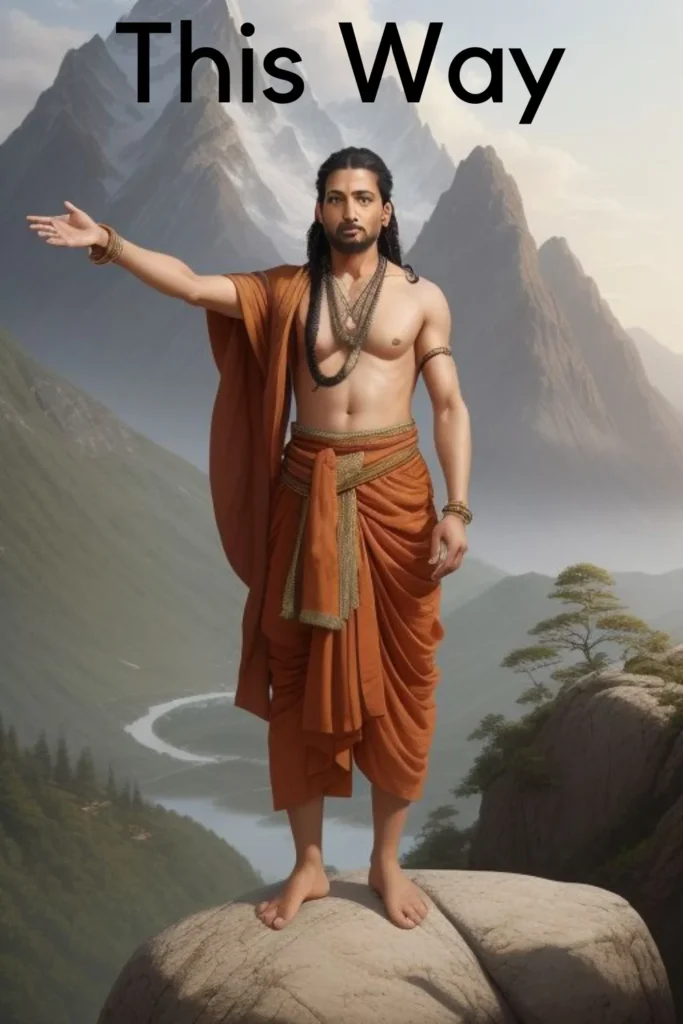
Thus, comes the Guru who enlightens us. Sri Dakshinamurthy empowers a sincere guru. Without his grace, the Guru Tattva shall not manifest. A Guru not only imparts spiritual knowledge but also uproots the weeds of ignorance. He alters the state of consciousness to make it conducive for liberation.
An individual may take millions of births to realize the goal of life, but for a surrendered disciple the time can reduce to a 100 births. Thus, a guru cuts short the suffering of a disciple. He saves one from piling up more Karma.
Symbolism of Sri Dakshinamurthy and Apasmara
Ignorance is represented by the puny yet vicious demon Apasmara. This demon also finds mention in relation to Sri Nataraja. Sri Dakshinamurthy subdues this demon merely by the toes of his right foot.

Such is his supremacy. Under the fine tutelage of Sri Dakshinamurthy, the demon of ignorance is subdued by the Lord Himself. This means that an individual must find himself a Guru, empowered by Sri Dakshinamurthy. Only then, the path ahead shall reveal itself.
Ignorance to a certain extent is necessary to hold dear, the spiritual path. Without failing, success would mean nothing. Similarly, ignorance is necessary to maintain the balance of the world.It contributes towards maintaining the sanctity of the higher truth. Just like one medicine cannot be prescribed to all sick people, knowledge cannot be distributed to everyone.
This is because the level of ignorance varies from individual to individual. The representation of Dakshinamurthy highlights that if one surrenders unto a bona fide guru, the demon Apasmara (ignorance) shall never bother one. There is another connotation to this demon. Apasmara symbolizes the loss of memory or dementia.

Dementia in the spiritual context relates to forgetfulness of identity. What we claim to be our identity today is a myth. By the set standards, our identities have always been subjected to change, life after life. We have had different identities, habits, families, etc in previous lifetimes. But, there is one constant Awareness (or Paramatma) who is never subjected to change.
It is ever aware and is a witness to all our actions in every lifetime. Sri Dakshinamurthy, subdues our dementia that estranges us from Paramatma (or Bhagawan). He enlightens us and reveals our true identity through Jnana. Jnana finds its true meaning from the cosmic teacher, Sri Dakshinamurthy.
You display your love by reading this valuable material. So kindly read and consider financially supporting us to keep our efforts going with renewed vigor! Supporters in India can donate via Razorpay while those abroad can use PayPal!

